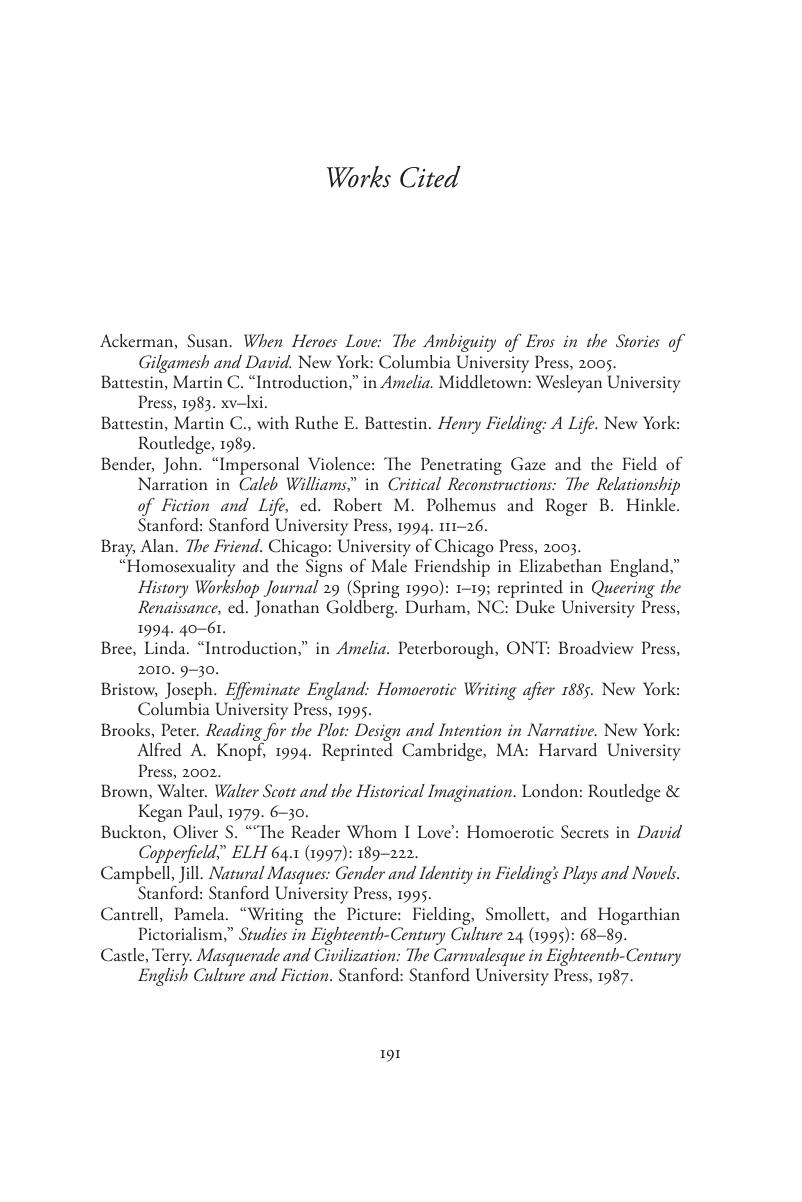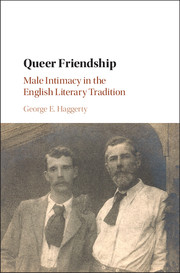Works Cited
Published online by Cambridge University Press: 16 March 2018
Summary

- Type
- Chapter
- Information
- Queer FriendshipMale Intimacy in the English Literary Tradition, pp. 191 - 198Publisher: Cambridge University PressPrint publication year: 2018



